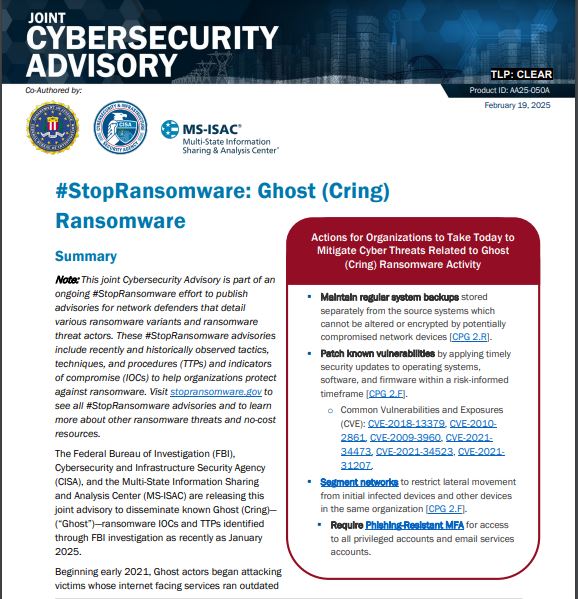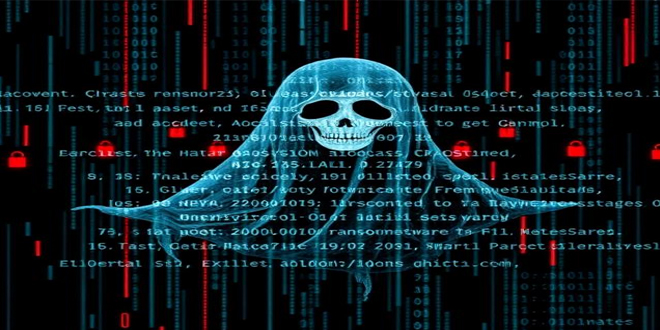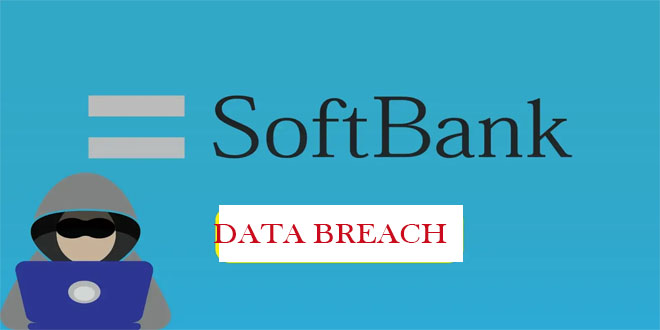The FBI and CISA reported on Wednesday that the ransomware group Ghost has been exploiting software and firmware vulnerabilities as recently as January.
The group targets internet services with old, unpatched vulnerabilities that users could have addressed years ago. Cybersecurity researchers began alerting the public about the group in 2021.
By infosecbulletin
/ Monday , June 23 2025
A hacking group reportedly linked to Russian government has been discovered using a new phishing method that bypasses two-factor authentication...
Read More
By infosecbulletin
/ Wednesday , June 18 2025
Russian cybersecurity experts discovered the first local data theft attacks using a modified version of legitimate near field communication (NFC)...
Read More
By infosecbulletin
/ Tuesday , June 17 2025
Cybersecurity researcher Jeremiah Fowler discovered an unsecured database with 170,360 records belonging to a real estate company. It contained personal...
Read More
By infosecbulletin
/ Tuesday , June 17 2025
GreyNoise found attempts to exploit CVE-2023-28771, a vulnerability in Zyxel's IKE affecting UDP port 500. The attack centers around CVE-2023-28771,...
Read More
By infosecbulletin
/ Tuesday , June 17 2025
The U.S. Cybersecurity and Infrastructure Security Agency (CISA) has recently included two high-risk vulnerabilities in its Known Exploited Vulnerabilities (KEV)...
Read More
By infosecbulletin
/ Monday , June 16 2025
SafetyDetectives’ Cybersecurity Team discovered a public post on a clear web forum in which a threat actor claimed to have...
Read More
By infosecbulletin
/ Sunday , June 15 2025
WestJet, Canada's second-largest airline, is looking into a cyberattack that has affected some internal systems during its response to the...
Read More
By infosecbulletin
/ Saturday , June 14 2025
Resecurity found 7.4 million records of Paraguayan citizens' personal information leaked on the dark web today. Last week, cybercriminals attempted...
Read More
By infosecbulletin
/ Friday , June 13 2025
HashiCorp has revealed a critical vulnerability in its Nomad tool that may let attackers gain higher privileges by misusing the...
Read More
By infosecbulletin
/ Friday , June 13 2025
SoftBank has disclosed that personal information of more than 137,000 mobile subscribers—covering names, addresses, and phone numbers—might have been leaked...
Read More
“This indiscriminate targeting of networks containing vulnerabilities has led to the compromise of organizations across more than 70 countries, including organizations in China,” says the alert, released with the Multi-State Information Sharing and Analysis Center (MS-ISAC).
Vulnerabilities include unpatched bugs in Fortinet security appliances, servers using Adobe ColdFusion, and Microsoft Exchange servers vulnerable to the ProxyShell attack.
Since 2021, various sectors, including critical infrastructure, schools, healthcare, government networks, religious institutions, tech companies, and many small to medium businesses, have been targeted. The main aim is financial gain, with ransom demands often exceeding hundreds of thousands of dollars.

“Persistence is not a major focus for Ghost actors, as they typically only spend a few days on victim networks,” the agencies say. “In multiple instances, they have been observed proceeding from initial compromise to the deployment of ransomware within the same day.”
The group uses well-known hacking tools like Cobalt Strike and Mimikatz, and the malware they deploy often has names like Cring.exe, Ghost.exe, ElysiumO.exe, and Locker.exe, according to the alert.
“The impact of Ghost ransomware activity varies widely on a victim-to-victim basis,” the agencies say. “Ghost actors tend to move to other targets when confronted with hardened systems, such as those where proper network segmentation prevents lateral moment to other devices.”
Hacker chains multiple vulns to attack Palo Alto Firewall

 InfoSecBulletin Cybersecurity for mankind
InfoSecBulletin Cybersecurity for mankind














